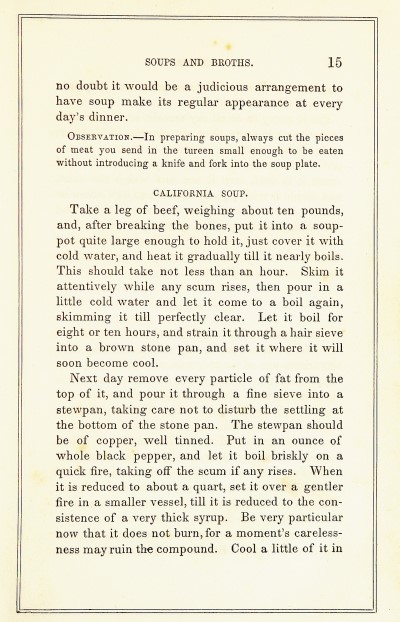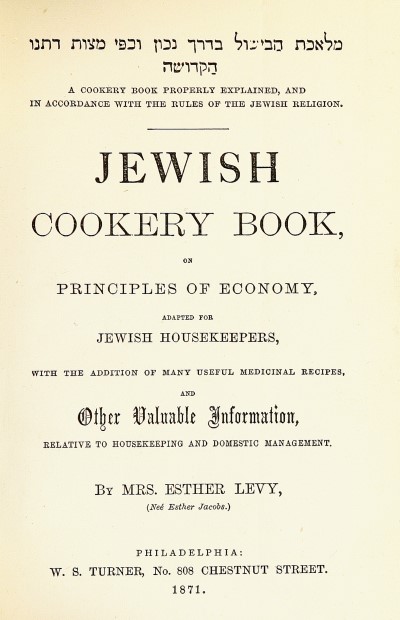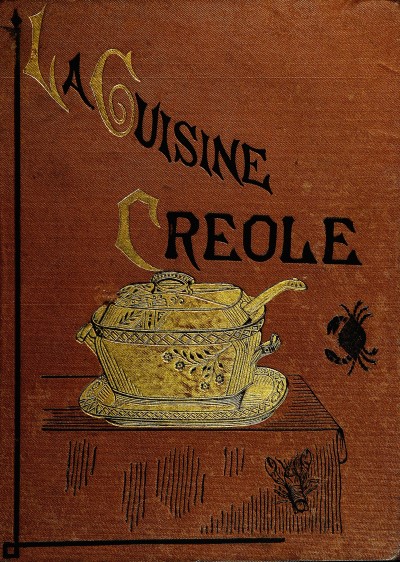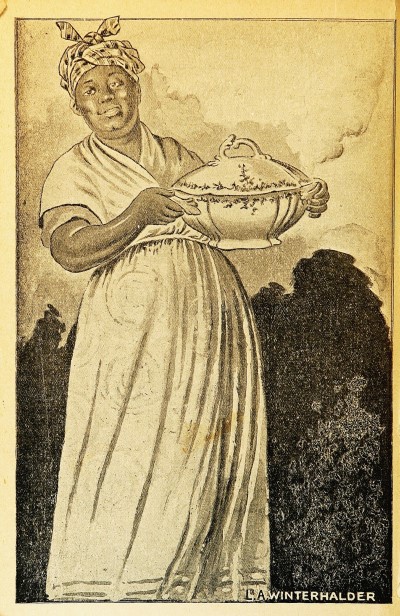As the United States grew in geography and population, cookbooks began to reflect the cuisines and customs of a diverse and growing populace. Immigrant authors collected recipes for treasured dishes from the “old country,” writers documented religious customs and requirements around food, and settlers moving across the continent experimented with new methods of growing, cooking, and preserving food.
 | The Great Western Cook Book (1857)
Look inside (PDF) Item description / catalog record
|
 | The Confederate Receipt Book (1863)
The Confederate Receipt Book (1863) demonstrates how scarcity during the American Civil War led to creative substitutions, as described in the Past is Present blog post “Christmas Cooking, North & South—150 Years Ago.” Among the more than one hundred recipes are ones for apple pie without apples, artificial oysters, and Indian Sagamite, which “not only appeases hunger but allays thirst and is therefore useful to soldiers on a scout.” The AAS copy is wrapped in dotted wallpaper, due to the shortage of paper in the waning days of the Confederacy. Look inside (PDF) Item description / catalog record
|
 | Mrs. Porter’s New Southern Cookery Book (1871)
Although scarcity of ingredients seemed less of a concern in Mrs. Porter’s New Southern Cookery Book (1871), economy was still key. It offers multiple modes of preparation, both “plain and fancy,” for various meats, poultry, and produce. In a nod to the temperance movement, Porter even includes alcohol-free substitutions, such as cider for brandy in mincemeat, and vinegar or lemon juice in place of wine. Look inside (PDF) Item description / catalog record
|
 | Jewish Cookery Book (1871)
Also in 1871, Esther Levy published the Jewish Cookery Book, the first Jewish cookbook printed in America and only the second printed in English. Levy includes instructions on proper table arrangements and refutes the notion that a satisfying meal “must unavoidably admit of forbidden food.” Reflecting her roots in Philadelphia’s Germanic Jewish population, the book includes recipes for Krapfen (doughnut puffs), Dampfnudeln (German dumplings), and Sauerkraut. Look inside (PDF) Item description / catalog record
|
 | La Cuisine Creole (1885)
Look inside (PDF) Item description / catalog record
|
 | The Picayune’s Creole Cook Book (1901)
A few years later the New Orleans newspaper The Picayune would release The Picayune’s Creole Cook Book (1901), which also collected recipes from New Orleans cooks and housekeepers to preserve Creole cooking traditions. |
Readers can browse through more than one hundred digitized cookbooks or start with thematic introductions describing a few select cookbook titles in the additional categories: